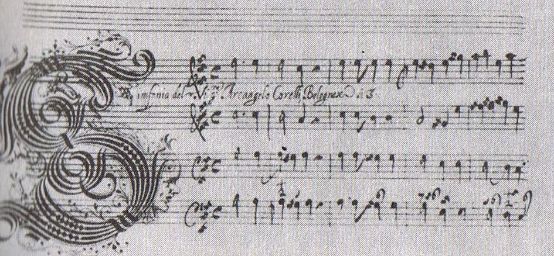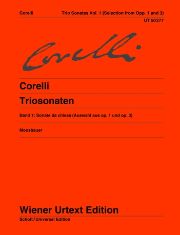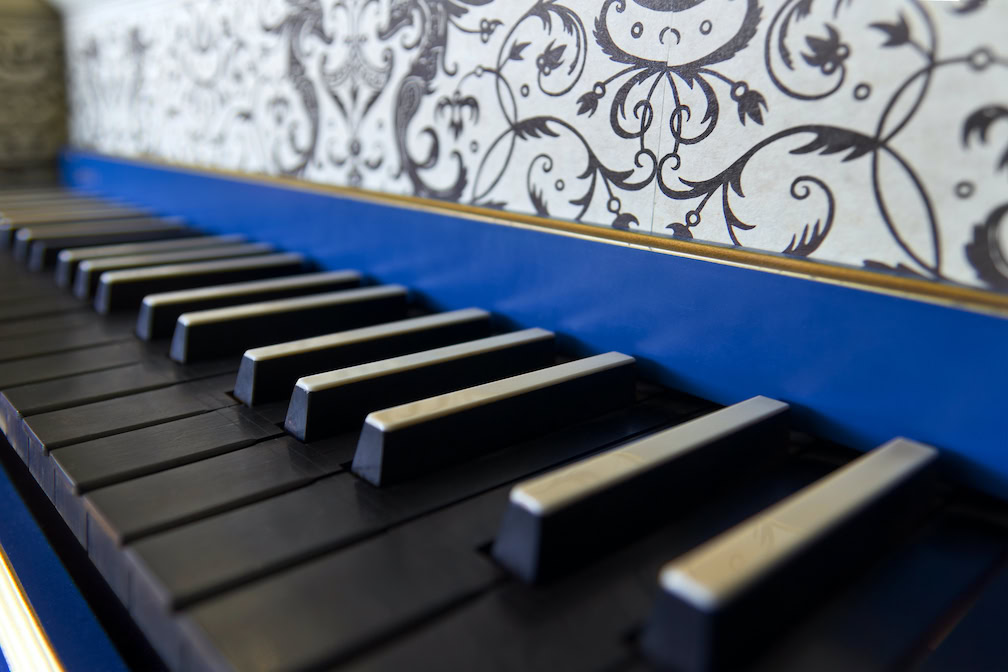Touchstone of the art of composition
The simplicity, balance and sophistication of Arcangelo Corelli's trio sonatas became a model for his contemporaries.

This two-volume selection of Corelli's trio sonatas (op. 1 to 4) brings together 12 sonatas, three from each of the four operas. The first volume contains Sonata da chiesa (from op. 1 and 3), in the second Sonata da camera (from op. 2 and 4). With these works, the "Bolognese Arcangelo, ... the best violinist who ever lived and the greatest master of composition" (contemporary travelogue from Rome by John Drummond, 1695) created "exempla classica", exemplary works for the sonata genre and instrumental music in general. From 1681, he meticulously edited them himself. The numerous contemporary reprints bear witness to the success of these compositions. Corelli was careful not to impose too much virtuosity on the violins; for all their compositional richness, these trio sonatas remain committed to the ideals of simplicity, temperance and subtlety. Corelli, the "nuovo Orfeo de' nostri tempi" (Angelo Berardi, 1689), turned the genre into a touchstone of instrumental composition, so to speak: subsequently, a number of composers, including Antonio Vivaldi, began their public appearances with the publication of trio sonatas.
The baroque violinist and music historian Bernhard Moosbauer, a specialist in instrumental music of the 17th and 18th centuries and German-Italian musical relations in the 17th and early 18th centuries (he worked on this at the German Historical Institute in Rome, among other places), supervised this Urtext edition; he provided the booklets with a detailed introduction to the history and nature of these trio sonatas and gives practical advice on interpretation in a separate chapter, a brief compendium of historically informed performance practice. He dispenses entirely with technical additions to the parts such as fingerings and bowings. Jochen Reutter has omitted the basso continuo - if you want to look past it, you will find the figures in both the piano and violoncello parts.
Arcangelo Corelli, Trio Sonatas for two violins and basso continuo, edited by Bernhard Moosbauer; Volume 1, Sonata da chiesa, selection from op. 1 and 3, UT 50 277; Volume 2, Sonata da camera, selection from op. 2 and 4, UT 50 287; € 29.95 each, Wiener Urtext Edition (Schott/Universal) 2013









